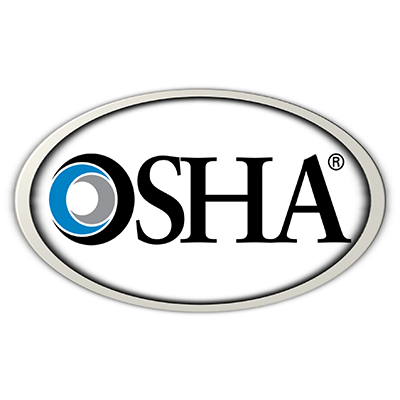
Last month I learned that OSHA will soon be changing its hazard communication standards to better align them with international standards and systems. These new standards will include establishing a single set of harmonized criteria for classifying chemicals and mixtures according to their health, physical, and environmental hazards as well as adding standardized “signal words” and pictograms to labels (keep checking our blog for an upcoming post about these new labeling criteria).
There will be several different items that will require the new Safety Data Sheets and communication labels. Hazards of all chemicals produced or imported will need to be classified. This includes all physical hazards, health hazards, special OSHA defines hazards, and hazards not otherwise classified. Before we get into the new labeling rules, I thought it would be a good idea to better define these hazard types.
Physical hazards include materials which are:
- Explosive
- Flammable
- Oxidizers (liquid, solid or gas)
- Self-reactive
- Pyrophoric (liquid or solid)
- Organic peroxide
- Gas under pressure
- Corrosive to metal
- Self-heating or which
- Emit a flammable gas when combined with water
Health hazards include materials which display:
- Acute Toxicity
- Skin Corrosion/Irritation
- Serious Eye Damage/Eye Irritation
- Respiratory or Skin Sensitization
- Carcinogenicity/Cell Mutagenicity
- Reproductive Toxicity
- Specific Target Organ Toxicity or
- Aspiration Hazards
The OSHA Specific Hazard Classes include:
- Simple asphxyiant – A substance or mixture that displaces oxygen in the atmosphere, and thus causes oxygen deprivation in those who are exposed, leading to unconsciousness and death.
- Combustible dust – A combustible particulate solid that presents a fire or deflagration hazard when suspended in air.
- Pyrophoric gas – A chemical in a gaseous state that will ignite spontaneously in air at a temperature at or below 130 degrees.
As the name states, hazards which are not otherwise classified includes any hazards that are identified during the classification process but which have not yet been classified.
More News From Heritage
-
11/14/24
Bright Futures Begin Lead-Free: Reducing Lead Exposure Together
Learn about lead decontamination, disposal processes, and join us in creating a lead-free future.
-
11/11/24
Celebrating Our Veterans at Heritage Environmental Services
-
10/31/24
Heritage Environmental Services Secures Commercial Permit Status for Orange, TX Incinerator
Learn more about Heritage Environmental Services securing a commercial permit for its Orange, TX incinerator, expanding waste disposal solutions.
-
10/14/24
Heritage Environmental Services Announces Timothy Thomas as Chief Operating Officer
Heritage Environmental Services (“HES”), an EQT Infrastructure portfolio company, announced today that Timothy Thomas will join the organization as Ch
-
10/1/24
Heritage Environmental Services Complete Acquisition of EBV from General Dynamics
Heritage Environmental Services, an EQT Infrastructure portfolio company, has completed the acquisition of EBV from General Dynamics.
-
7/31/24
PFAS Regulations: Is 6 the Magic Number?
Learn more about the current and proposed regulation for PFAS and what they mean from our Chief Sustainability and Innovation Officer, Angie Martin.
-
6/27/24
Heritage Environmental Services to Acquire EBV from General Dynamics
Heritage Environmental Servicess, an EQT Infrastructure portfolio company, will acquire EBV from General Dynamics
-
6/13/24
Meet The Facilities – East Liverpool
An inside look at our incineration facility located in East Liverpool, OH








